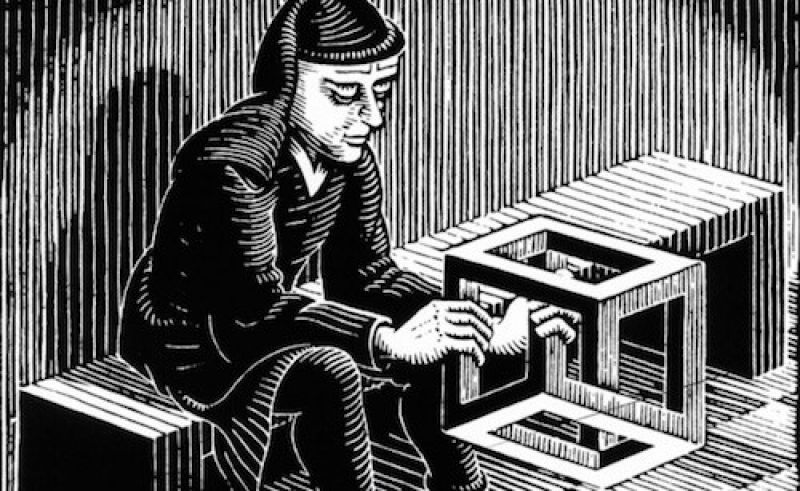Milton Erickson’s Paradoxes
Milton Erickson, according to his students, sometimes used assignments containing clear contradictions or paradoxes in his work with clients. Here are some examples of his unique approach:
Example 1: Nail Biting
Once, parents approached Erickson about their child who constantly bit his nails, asking for help to break the habit. Erickson agreed. He told the boy to bite the nail on only one finger of each hand, leaving the others alone, and to do this right in front of his parents for twenty minutes a day. As a result, the child could no longer see this action as an act of protest, since it became a daily obligation. All the pleasure from the process disappeared. Gradually, the boy bit his nails less and less until he stopped completely.
Example 2: Zen-Like Interventions
Erickson often used “Zen” interventions with “overly smart” intellectuals, trying to jolt them out of their excessively rational minds. For instance, Jay Haley describes in his book “Uncommon Therapy: The Psychiatric Techniques of Milton H. Erickson, M.D.” a case where Erickson gave an absurd assignment to a highly rational patient: he instructed him to drive 7.3 miles into the desert, stop, get out of the car, and figure out why he was there. This is reminiscent of a Zen koan!
Prescribing the Symptom
Another paradoxical technique Erickson used was to prescribe the very symptom the client wanted to get rid of. Moreover, the client was instructed to experience the symptom only in a specific place and at a set time. This “traps” the client: by acting in this way, the patient realizes that the symptom is not a spontaneous manifestation of their psyche and that they can control it. And what can be controlled is no longer a symptom.
Double Bind Messages
Sometimes, the client is given two directly opposing messages at the same time, presenting them with an apparently unsolvable dilemma. The rational mind “freezes,” overheats, and is about to “melt down,” while the unconscious frantically searches for possible solutions. This causes a sharp shift in the psyche: the logic and rationalism of the left hemisphere slow down, opening access to the creativity and spontaneity of the right hemisphere. There’s a chance for enlightenment!
Paradoxical Techniques in Psychotherapy
Flooding Technique
Behaviorists use the “flooding” technique. A client with a phobia is thrown into a situation where their fear is at its most intense. This is a “fight fire with fire” approach. The idea is that when the client experiences their fear to the fullest, it will decrease and eventually disappear—assuming, of course, the client doesn’t die of fright first.
Viktor Frankl’s Paradoxical Intention
Viktor Frankl developed the technique of “paradoxical intention.” He believed that a neurotic, fearing something, gets caught in a vicious cycle: the symptom triggers a phobic reaction, which intensifies the symptom, which in turn strengthens the phobia, and so on. Fear creates exactly what the person is afraid of.
If a person is afraid of something and constantly thinks about how to avoid it, they end up getting exactly what they’re trying to avoid, becoming more entangled in the web of neurosis. The same is true for obsessive thoughts or actions: the more a person tries to get rid of them, the stronger they become. It’s a well-known phenomenon—try not to think about a white monkey!
The goal of the “paradoxical intention” technique is to break this vicious cycle. The client is instructed to wish for what they fear, to strive for it. Fear is replaced with a paradoxical desire. The aim of this simple technique is to distance the patient from their neurosis. Humor is a great help here. Instead of convincing the client with rational arguments about the absurdity of their fears or compulsions, the therapist exaggerates them.
The result is a reduction or disappearance of the symptom. The psychotherapist using this technique does not need to worry about the etiology (origin) of the symptoms. Frankl claims it is especially effective in treating phobias, obsessions, and sleep disorders.



